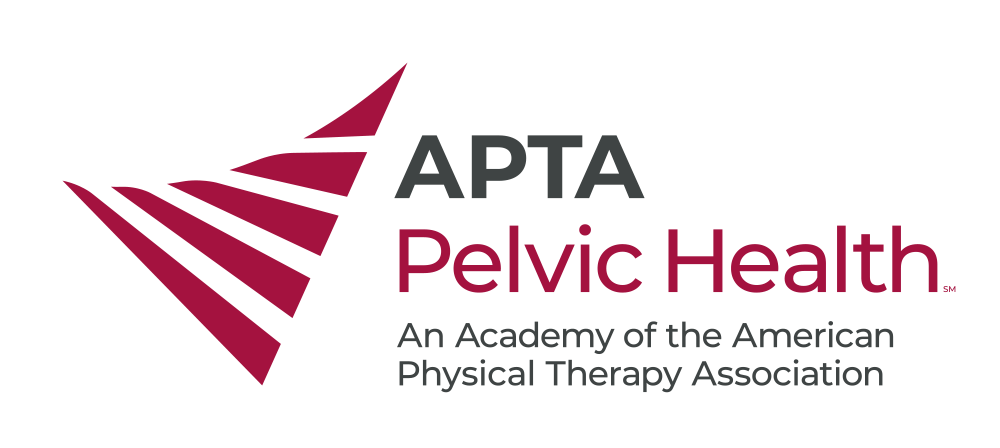Biomechanical and musculoskeletal differences between postpartum runners and nulliparous controls.
Journal of Women’s Health Physical Therapy | Special Issue 2022 – The Fourth Trimester: Optimizing Health
In a cohort study by Christopher and colleagues investigated differences in overground running kinetics, strength, and flexibility in healthy postpartum runners (n=9, 33.10 ± 5.60 years; ≤2 years postpartum) and age-matched nulliparous controls (n=9, 31.67 ± 4.55 years).
During the postpartum period, the body is recovering from changes in:
- Posture (increased lumbar lordosis and pelvic anterior tilt)
- Gait (widening of step width, decreased single support time, and increased hip and knee flexion)
- Overall physiological changes (increased cardiac response to exercise, decreased Vo2 max, etc)
- Musculoskeletal system (muscle weakness, joint laxity, abdominal and pelvic floor changes)
Despite the knowledge of physiologic and postural perinatal changes as well as persistent weakness and laxity postpartum, there is currently little understanding of the effects of these changes on running biomechanics or demands on the musculoskeletal system when initiating or returning to running after childbirth.
Preliminary findings suggest that postpartum runners demonstrate altered running braking strategies and decreased hamstring flexibility and hip strength compared with nulliparous controls.
The authors conclude that postpartum runners should be screened for these biomechanical and musculoskeletal changes when initiating or returning to running. Watch the video abstract, which discusses the significance, innovation, and clinical applicability of this study.
Shefali M, Bauer L, Maylone R, Bullock G, Chinworth S, Snodgrass, S, Vallabhajosula S. Biomechanical and Musculoskeletal Differences Between Postpartum Runners and Nulliparous Controls. Journal of Women’s Health Physical Therapy. 2022; (46:1):11-17.


